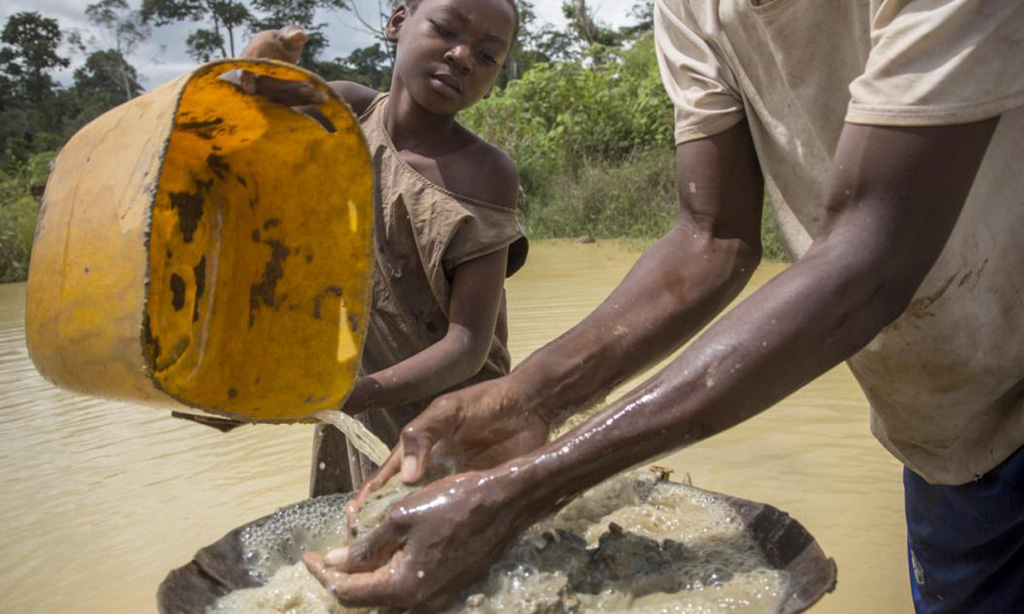Each year on February 14th, many people celebrate Valentine’s Day, the day of romance. They exchange cards or gifts with their ‘valentine’. This day is today and it is the perfect occasion to draw attention to a very sensible topic: conflict minerals.
This is not new on the MagkaSama Project, we have been raising awareness on conflict minerals for a very long time, but if you don’t know yet what it is about, we invite you to read Human Rights Watch last report published earlier this month: The Hidden Cost of Jewelry.
Jewelry and watches denote wealth and status, as well as artistry, beauty, and love. Gold and diamond jewelry in particular are frequently purchased as gifts for loved ones and for special occasions. Globally, about 90 million carats of rough diamonds and 1,600 tons of gold are mined for jewelry every year, generating over US$300 billion in revenue.
The purchase of bridal jewelry, including engagement and wedding rings, has particular emotional and financial significance. In India, for example, weddings generate approximately 50 percent of the country’s annual gold demand. For Valentine’s and Mother’s Day, Americans spend more on jewelry than any other type of gift, purchasing nearly $10 billion of jewelry for the two holidays in 2017.
For millions of workers, gold and diamond mining is an important source of income. But the conditions under which gold and diamonds are mined can be brutal. Children have been injured and killed when working in small-scale gold or diamond mining pits. Indigenous peoples and other local residents near mines have been forcibly displaced. In war, civilians have suffered enormously as abusive armed groups have enriched themselves by exploiting gold and diamonds. Mines have polluted waterways and soil with toxic chemicals, harming the health and livelihoods of whole communities.
Human Rights Watch also launches a call to action for the Jewelry Industry: #BehindTheBling – Jewelers Should Come Clean. You can support the organization by telling 13 global jewelry brands to ensure their jewelry is responsibly sourced and to address human rights abuses in their supply chains.
Do you know where your jewelry comes from? Act now & tell jewelers to reveal what is #BehindTheBling. https://t.co/jiNnha4B78#ValentinesDay #ValentinesWeek #ValentinesDay2018 pic.twitter.com/pHXEQX19xt
— Human Rights Watch (@hrw) February 13, 2018
You can also watch the video below and share it:









